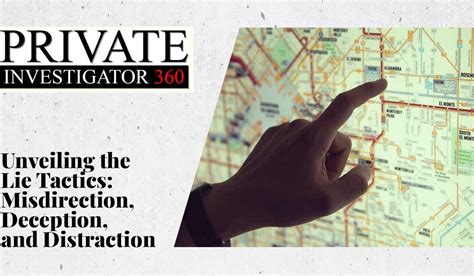The concept of lying has been an integral part of human interaction for centuries, with individuals employing various deception tactics to achieve their desired outcomes. This complex phenomenon has fascinated scholars, researchers, and the general public alike, prompting an in-depth examination of its psychological, social, and cultural underpinnings. At its core, lying represents a deliberate attempt to manipulate others by distorting or concealing the truth, often driven by motivations such as self-preservation, personal gain, or a desire to avoid conflict.
To comprehend the intricacies of deception, it is essential to explore the historical evolution of lying, from its origins in ancient civilizations to its modern-day manifestations. The earliest recorded instances of lying date back to ancient Greece and Rome, where mythological figures like Odysseus and Hercules employed cunning and deception to outwit their adversaries. As human societies developed and became increasingly complex, so did the art of lying, with individuals adapting their tactics to suit the needs of their environments.
One of the most significant factors contributing to the development of deception tactics is the human brain’s propensity for cognitive dissonance. This psychological phenomenon refers to the discomfort or tension that arises when an individual holds two conflicting beliefs or values. To alleviate this discomfort, people may resort to lying or distorting the truth, creating a more palatable narrative that aligns with their self-image or desired outcomes. This inherent vulnerability has been exploited throughout history, with manipulators using various techniques to influence others and achieve their objectives.
The arsenal of deception tactics at an individual’s disposal is vast and varied, ranging from subtle, nuanced manipulations to overt, blatant lies. Some common strategies include:
- Emotional manipulation: Exploiting emotional vulnerabilities to influence others, often by playing on their fears, sympathies, or desires.
- Gaslighting: Systematically distorting or denying reality to erode an individual’s confidence or perception of truth.
- Deflection: Redirecting attention away from the truth or a sensitive topic, often by introducing a unrelated or distracting issue.
- Minimization: Downplaying the significance or severity of an event or action to avoid accountability or mitigate consequences.
The consequences of deception can be far-reaching and devastating, affecting not only the individuals involved but also the broader social fabric. The erosion of trust, damage to relationships, and loss of credibility are just a few of the potential outcomes of lying. Moreover, the proliferation of deception tactics can contribute to a culture of dishonesty, where the truth becomes increasingly obscured and difficult to discern.
To combat the negative effects of lying and promote a culture of honesty and transparency, it is essential to develop effective strategies for detecting and mitigating deception. This can involve:
- Critical thinking: Encouraging individuals to think critically and skeptically, evaluating evidence and arguments before accepting them as true.
- Emotional intelligence: Developing self-awareness and empathy to better understand the motivations and emotions that drive human behavior.
- Open communication: Fostering open and honest communication, where individuals feel comfortable sharing their thoughts and concerns without fear of judgment or retribution.
By exploring the complex and multifaceted nature of deception, we can gain a deeper understanding of the psychological, social, and cultural factors that contribute to this phenomenon. Through this knowledge, we can develop more effective strategies for promoting honesty, building trust, and fostering a culture of transparency and accountability.
In conclusion, the invention of lying represents a complex and intriguing aspect of human behavior, driven by a range of motivations and factors. By examining the historical evolution of deception, the psychological and social underpinnings of lying, and the consequences of dishonesty, we can develop a more nuanced understanding of this phenomenon and work towards creating a more honest and trustworthy society.
To provide further insight into the nature of deception, let’s examine some of the most frequently asked questions on this topic:
What are the most common motivations for lying?
+The most common motivations for lying include self-preservation, personal gain, and a desire to avoid conflict or maintain social relationships. Additionally, individuals may lie to protect others, achieve a sense of power or control, or to cope with stress, anxiety, or other emotional challenges.
How can I improve my ability to detect lies and deception?
+Improving your ability to detect lies and deception requires a combination of critical thinking, emotional intelligence, and awareness of common deception tactics. Pay attention to inconsistencies in a person’s story, body language, and tone of voice. Also, look for micro-expressions, which are fleeting facial expressions that can reveal a person’s true emotions. Finally, trust your instincts and don’t be afraid to ask questions or seek clarification when you’re unsure about the truth.
What are the consequences of lying and deception in personal and professional relationships?
+The consequences of lying and deception can be severe and long-lasting, damaging trust, credibility, and relationships. In personal relationships, dishonesty can lead to feelings of betrayal, hurt, and anger, while in professional settings, it can result in loss of reputation, job security, and financial stability. Furthermore, a culture of dishonesty can perpetuate itself, making it increasingly difficult to discern truth from fiction and leading to a breakdown in communication and cooperation.


